In the evergreen words of a music veteran, “music is the universal language of mankind”, and guess what? Headphones are one of the ways to engage in this artistry. Most people have experienced those valued times you turn off the world by turning your music on, and you just travel out of where you are mentally and change your mood only with a few beats. Some might wonder: “Why I’m talking about the power of music instead of just diving ahead to the types of headphones?” But it is important to note that both elements are close to being inseparable. It would not be an overstatement to say that headphones have a special place in every lover of music’s life. It is also a known fact that you can listen to other things like movies, news, and the likes through your headphone.
Necessity, they say, is the mother of all inventions, and the sole purpose for the creation of a headphone is no exception to this. Headphones were bred out of the need for a telephone operator to be freed up. Before they came to be known as what it is today, headphones like computers had a series of generations. There were several repetitive products which are prototypes to the hands-free headphones, and the first of its kind was developed in the 1890s by a British company called the Electrophone, making room for their clients to join the live streaming of performances at theatres through the use of a pair of huge earphones that linked below the chin and held by a long rod.
Headphones are like the opposite of a loudspeaker as it allows a sole user to listen to an audio source confidentially while a loudspeaker produces sound into the exposed air for people at close range to receive. They are otherwise known as earspeakers, earphones, cans as it is used in casual parlance, and earbuds depending on the style.
Defined as a pair of small loudspeaker drivers worn on or around the head over the listener’s ears, headphones come in many shapes, models, brands, and sizes, and this is the reason for the existence of this article. That is, to elucidate and make crystal clear the types of headphones there are.
For every mood, reason, taste, and person, there is a type of headphone for that specific purpose. Hence, you need to figure out what your requirements are and proceed to choose the right one. With tons of headphones on the market, settling for one or picking a new pair can get tricky, and that is why you need to bear in mind the different models there is by means of this guide. I guarantee you won’t regret the time invested in this!
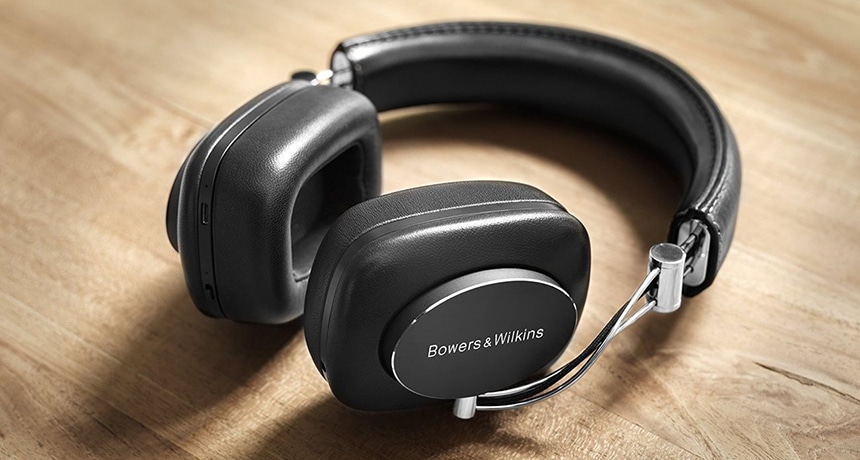
Are you in search of a pair of headphones suitable for traveling by public transport, listening while at the library, or while in the galleries? The closed-back design is undoubtedly the way to go. Closed-back headphones come in both the over-ear style and the on-ear style. The former style covers the entire ear while the latter relaxes a bit on top of the ear. This model is referred to as close-back because they have the back of their earcups closed to airflow. An average closed-back headphone is able to block 8-32 dB of environmental noise, which is why it is the best pick for those who want to be rid of surrounding noise and make their music free of any external intrusion and people who are observing to hear every part of the notes of the music they are listening to. This feature of being able to obstruct outer noise makes this type of headphone ideal and used by musicians in their music studios.
The best part of these headphones is that the sound is enclosed in each headphone and sealed in. That is, it has a no-sound-leakage feature and gives you a secluded audio encounter that even the person next to you would not be able to listen to what you are hearing except in the case where you are listening with the volume set high. They usually also come with a smaller soundscape making the user perceive that the sound is emitting from their head. They are relatively conventional, and statistically speaking, if you have a pair of headphones, they are most likely closed-back headphones. The reason for this wide acceptance is that it is known for keeping more sound in and more noise out, more affordable with myriads of brands to make a pick from compared to open-back designs.
Closed-back headphones have been reviewed to be suitable for disc jockeys, recordings, studying, open sound, traveling, or commuting.
Pros
Cons
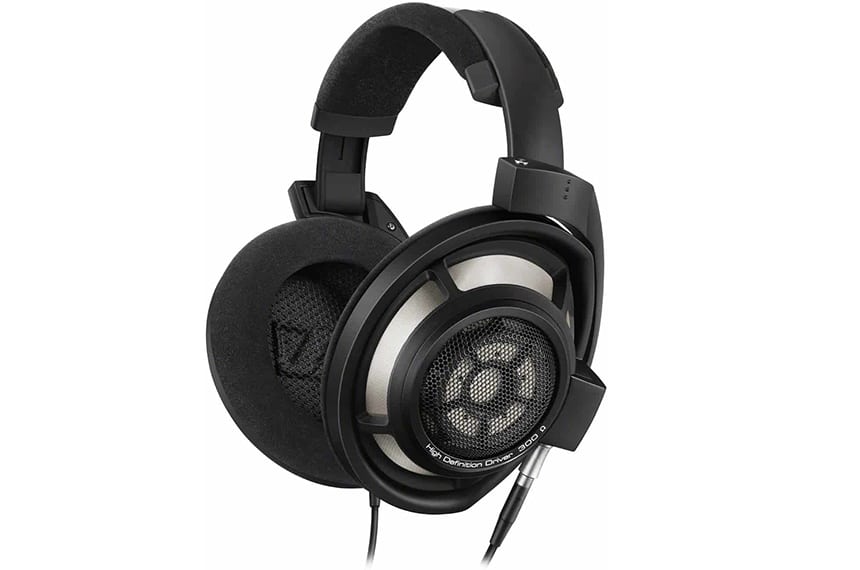
As the name implies, open-back headphones are open on the back, having an allowance for airflow. The drivers are not enclosed, so the sounds go unhindered and can escape into your ear and out into your direct environment. The outer shell for the ear-covering of this headphone is perforated mostly in a horizontal manner.
It positively changes the audio quality by making a better soundstage, which is said to be the feeling you get about the direction of the sound. It is possible you haven’t come in contact with this design because audiophiles and professionals mostly use it and is mostly more expensive than its closed-back counterpart.
The open-back headphone is designed this way on purpose, with the purpose being that it produces a more open sound and makes it sound like you are in a room listening to speakers. It is mostly used by professionals who are in the field of mixing and mastering in studios and also audiophiles, which is why these are excellent headphones for ASMR. This is because it eradicates the build-up of frequencies like it does in closed-back headphones and gives them the sureness to trust the sound they are getting from what they are hearing.
Pros:
Cons
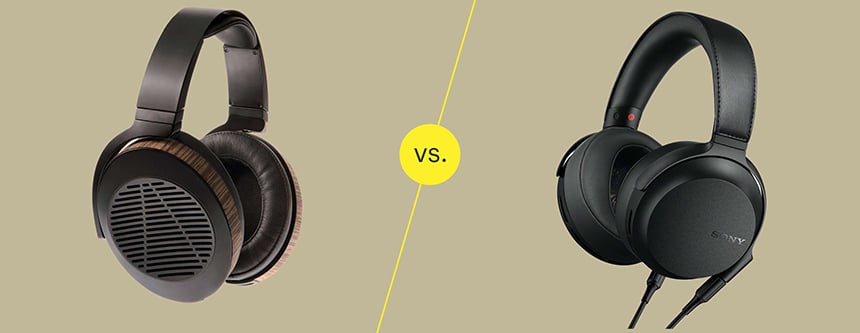
From a fair stance, one can’t say certainly that one design is better than the other due to the fact that they are both good for the purposes for which they have been made. This is a summarization of the necessary differences of both headphones
Flowing from the above, there is a hybrid of an open-back and closed-back headphone, which is relatively rare, called the semi-open headphones Trusted Source Open Back Headphones vs. Closed Back vs. Semi-Open - mastrng.com Difference between Open Back Headphones vs Closed Back vs Semi Open for Mixing and Mastering. Best Headphones recommendations in 2020. www.mastrng.com . This type of headphone adds up the features of both open and closed-back headphones by having a style that lowkey allows for sound isolation and also sound leakage simultaneously. They are a great pick for casual listening.
Next on the guide of types of headphones is the on-ear headphones. They are also called supra-aural headphones. The distinctive physical feature of on-ear headphones is that, as the name suggests, the earpads rest just on top of your ears and also have slightly less bass. The vantage point of this style of headphone is its portability and incorporation of efficiency and compact design.
To some extent, the on-ear headphone is somewhat like the open-back headphone design-wise as it allows some sound from the immediate environment to get in and get out. Say goodbye to sweaty ears days with your on-ear headphone which does not subject your ears to pressure. This design is available in a lot of different models, with each one having special characteristics. But generally, it has been awarded the quality of being the most dynamic.
They are best used for exercising and also advisable for itinerant DJs going from show to show.
Pros
Cons
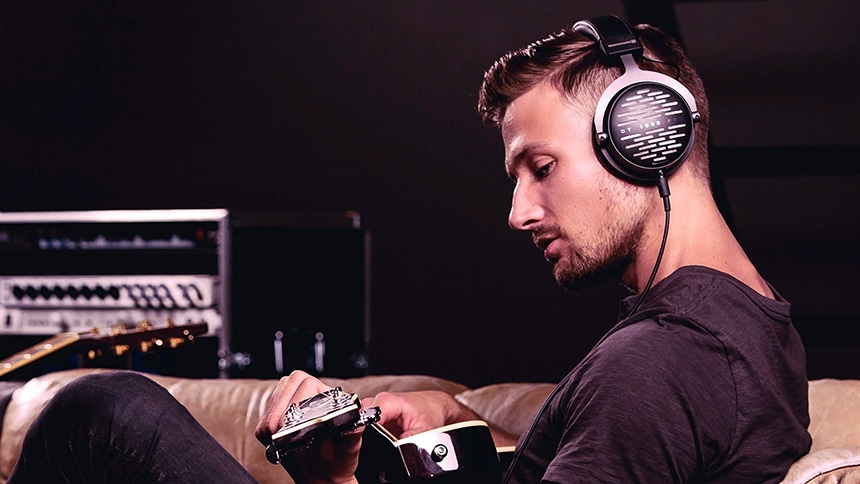
Over-ear headphones are sometimes referred to as circum-aural headphones. Like its counterpart, the appropriate answer to the question “what are over-head headphones?” posed is quite literal in the sense that over-ear headphones are made with larger earpads that fit around the whole of your ear. That is, they fit on top of the head and over and also the entire ear, so the ear cartilages are cupped. It would be the best buy for listeners who want to have a comfortable fit and don’t mind the larger size of headphones.
Over-ear headphones often come in a closed-back design because of their high sound quality, noise cancelation, and leakage limitation feature. However, it would be a grave omission not to mention that there is a possibility to get over-ear headphones that are open-back as its breathable, and allows for sounds to come in and go out. Compared to on-ear headphones, they are pretty comfortable with some over-ear cups made out of velvet, and leather materials. They are usually bulkier and heavier and may cause your head to be susceptible to tiredness and your ears to sweatiness since it doesn’t really allow for air circulation in and out.
Over-ear headphones are best for gaming, home listening, rest and relaxation, studio use, and many more! For example, you find your favorite pair of headphones for EDM here.
Pros
Cons
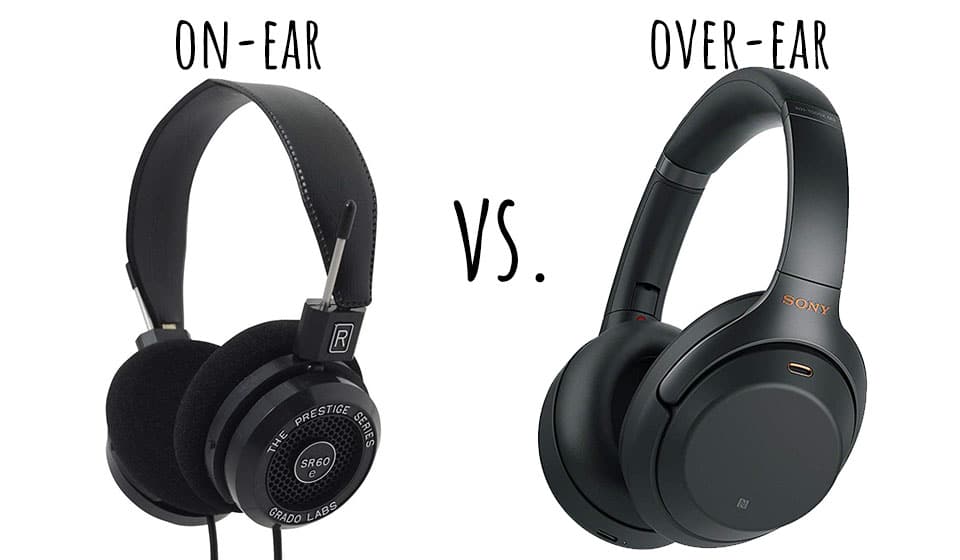
In short, the obvious differences between both styles of headphones are included in the succeeding paragraph.

Satisfaction is redefined with in-ear headphones. They combine transportability, flexibility, and convenience all in one design. They are also referred to as canal phones or earphones because they rest on the outer ridge of your ears, go a bit deep into your ear canal, and then rest inside your ears to get closer to your eardrums. The gains of this model of headphones are that it allows for comfort, sound accuracy, and sound isolation. As you have probably noticed, these are also the vantage points of closed-back headphones. Hence, they’ve been reviewed as the closed-back version of portable headphones. They are the most used and known type of headphone due to the fact that it is easy to use, and can stand as a valid competitor with the bulky on-ear and over-ear styles.
Generally, in-ear headphones’ ear tip is made out of silicone material, which gives you a sense of comfort and makes the headphone portable. Trust me when I say this is your go-to headphone when you are en route and exercising.
An example of an in-ear headphone is the AirPods.
Having a comfortable fit of a canal phone is dependent on you inserting them in a deep or shallow manner. They are called IEMs (In-Ear Monitors) when they are used in a professional setting by audiophiles, artists, and sound engineers. Many people prefer this type of headphones for drumming.
Pros
Cons
However, you should be fine with this if you do not increase the volume to the maximum with a headphone amplifier because the hearing damage is not caused by the closeness of the headphone to the ear but the sound volume.
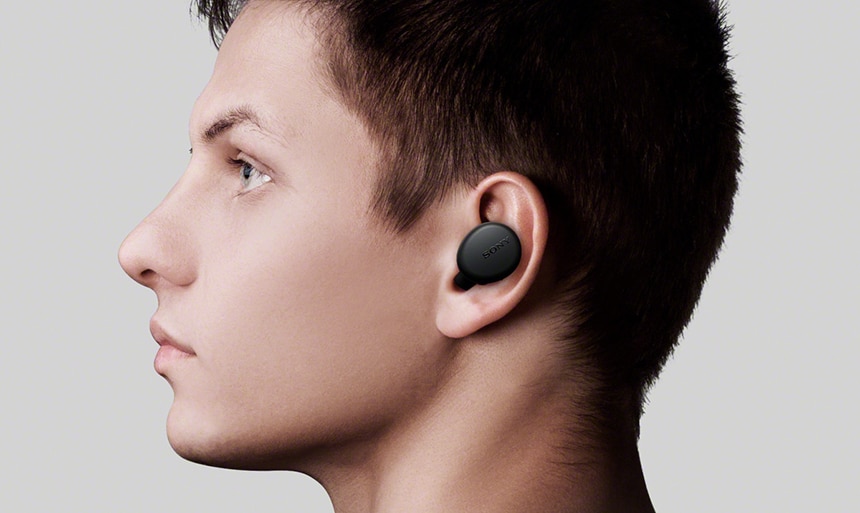
It is noteworthy to state that earbuds are different from in-ear headphones. Yes! You read that right. Earbuds are placed to rest a little at the edge of the ear canals. The feeling wearing an earbud gives you is the same one you get when you insert your pinky finger in your ear. The term earbud is also used interchangeably to mean earbuds. This will be the best buy for listeners who are in need of an ultra-portable design and find the in-ear headphone fit quite uncomfortable.
In recent times, it has become sort of rare to find earbuds on the market.
Pros
Cons
Again, in the end, it all boils down to what each individual prefers personally. They are both good ones depending on your want, need, or purpose. Below are the major distinctive feature of in-ear headphones and earbuds.
It doesn’t seem like a lot of difference when you think of sweet potatoes and yam, jam and jelly, and other things used interchangeably at first. But on second thought, they are fundamentally different in their own ways, and noise-canceling and noise-isolating headphones are no exemption to this. The difference they have is how they get rid of ambient noise.
Shortly after the first invention of headphones, Engineer Nath Baldwin invented audio headphones on his kitchen table in 1910, and the Navy ordered 100 pairs. Even today, this model of headphones is prevalent for air travel because of its ability to block out immediate environmental noise from other passengers and the high frequencies of the plane’s engine. Before going appropriately into the discovery of which is right for you, it is pertinent we understand what the phrase “noise canceling” and “noise isolating” means.
Noise-canceling headphones make use of multiple microphones to pick up noise around you and send it back to your ears with the power of cancellation, while noise-isolating headphones tell you how well headphones block ambient noise physically. Check the WHCH700N model from Sony for a major example of noise-canceling headphones. Noise-isolation technology is simple as it just puts a barricade, which comes in the form of earbuds between your ear canal and the world outside.
Because of the similarity of these terminologies, it is very easy to get mixed up in technical Bermuda, and as a reason, the clip below has been prepared specially for you to broaden your knowledge and guide you as a prospective purchaser of a headset.
Pros
Cons
Connection-wise, there are two types of connection for headphones, and they are wired and wireless.
The earliest of them is the wired headphone which comes with a cable. It is old but gold and encompasses trustworthy technology.
The most known of its kind is the 3.5mm AUX headphone jack, or, as known commonly, the plug. It can be connected to most MP3 players, smartphones, laptops, tablets, radios, and other different audio devices having the AUX plug. The next jack on the list of wired headphones is the 6.3mm plug, which connects to amplifiers and better audio systems. It is bigger and mostly used by top-notch professional headphones. It should be noted that both jacks stated above are analog connections, while some headphones, although scarce, have a digital connection. Last but not least, on the different jacks available on the market is the optical cable, which can also be used to connect to a headphone, although it is rare because it lacks popularity with standard headphones.
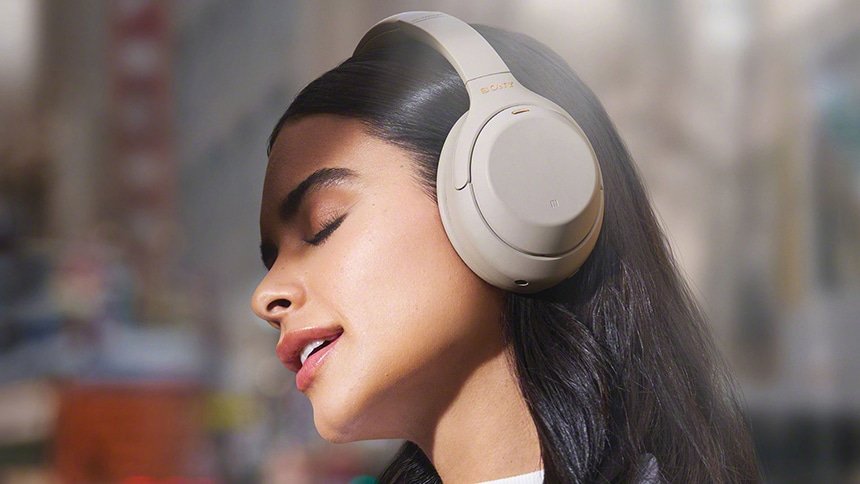
In recent times, the use of wireless headphones has spread like wildfire. It has even been said that the future of headphones is “wireless”.
Although there are many wireless technologies out there, Bluetooth remains the most used. Bluetooth is commonly used, allowed by a lot of gadgets, and it keeps getting better year-in-year-out with the poor connection and inactivity removed. As a result, you have been awarded the opportunity to enjoy your movies and music of the same quality.
Let it be known that although Bluetooth has emerged as the most used, there are other
types of wireless technologies
Trusted Source
How Do Wireless Headphones Work
Wireless headphones work by pairing or connecting, with the device you want to use, through an infrared signal or Bluetooth devices.
wirelessheadphones.com
, one of which is based on radio technology called wireless gaming headsets. Headsets with radio frequencies are built to breach floors and walls better than Bluetooth.
The following consists of things you should consider before buying a headphone:
When you have answered these questions yourself with conviction, then you can pinpoint what exactly you need when you find it. It is important to note that what headphone is suitable for Miss A might not work out for Mr. B as it all depends on the purpose which you need them for.
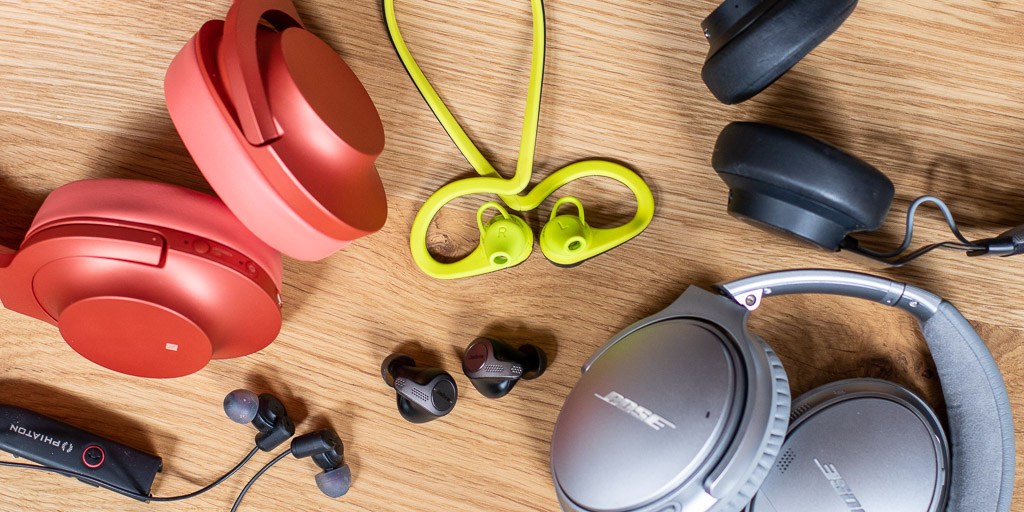
As stated earlier, the best is subjective for each person. Over-ear headphones provide good isolation, comfort, and fuller sound but heat up your ears a bit in longer sessions. On-ear headphones with good foam are super comfortable but don’t provide complete isolation. Open-back headphones might not be used outside your personal space, and a lot of other controversies are stated in the earlier part of this article. So, you need to figure out where you want to pitch your tent of controversies then you can make a pick from the myriad of headphones types.
Good article, thanks
Thank you for your kind words! We’re glad to hear that you found the article helpful. If you have any more questions or need further assistance, feel free to reach out. Happy reading!